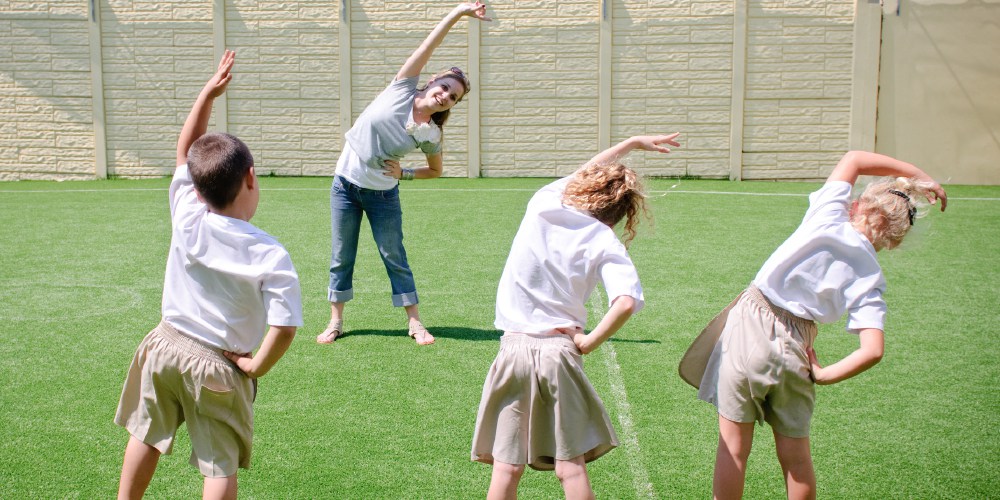Physical education focuses on overall wellness, fitness and healthy habits
Over the years, physical education in schools has evolved from being a glorified break-time activity or drills to determine, who can run the fastest and jump the highest to being something of a structured program.
We now know physical education teaches children overall wellness, fitness and health habits that will benefit them in their lives. Thus, it is important to note that physical education programs are not only meant for athletic children as they are meant to improve physical fitness and health rather than show, who is better.
Globally, evidence points to children becoming less active because they would rather play computer games or watch TV than be outdoors. However, they also face an increased risk of contracting traits, such as atherosclerosis, hypertension and obesity, which have been shown to track into their adulthood.
As a result, at the time of publishing, in the United States, lawmakers were debating a bill that will require every elementary school with children in pre-kindergarten through fifth grade to provide at least 150 minutes of physical activity per week, including 90 minutes of physical education.
What is physical education?
It is probably a good idea that we answer the question – what is physical education? Wikipedia explains: Physical education, also known as Phys Ed., PE, gym, or gym class, and known in many Commonwealth countries as physical training or PT, is an educational course related of maintaining the human body through physical exercises.
Physical education focuses on developing physical fitness and the ability to perform and enjoy day-to-day physical activities with ease.
During physical education classes, kids also develop skills necessary to participate in a wide range of activities, such as soccer, basketball, or swimming.
History of physical education
The history of physical education goes back to around 1820 when schools focused on gymnastics, hygiene training and care and development of the human body. It grew as a program that by the 1950’s, physical education was taught as a major at many institutions in the United States.
Still, it was not until 1970 that young women at high schools and colleges were allowed to compete in athletic competitions.
It is also important to note that physical education programs have not always enjoyed support in schools as they are often the first casualties during times of financial difficulty.
However, recent awareness on the need for physical education programs due to concern over child obesity – due to children spending more time on non-physical activities like video games, has brought physical education back in the spotlight.
The definition of physical education has also evolved. Unlike in the beginning, it no longer only encompasses traditional sports, but now includes several less physical activities such as yoga and meditation, which are lauded for helping students develop a sense of control in a stress-filled world.
What is the importance of physical education?
True, physical education is often treated as a marginal subject within the curriculum – with Maths, English and Science taking all the attention. An increased pressure to produce exam results is also to blame according to experts.
In fact, it has been argued that physical education offers more entertainment than education. But, the importance of physical education, especially in children cannot be overstated.
Research shows that physical activity serves an extremely important role in the physical, social and cognitive or intellectual development of children.
Some benefits of physical activities:
- Physical skills and confidence – Physical education helps students develop physical skills and confidence through activities such as running, catching, throwing, and striking, applicable to sports such as baseball, volleyball, or karate. Balancing skills can be obtained from dance or gymnastics.
- Fostering teamwork and social skills – This one is a no-brainer; through physical activities, children learn to work with others (in the case of team sports) as well as how to interact with the world around them from an early age.
- Health and fitness – As said earlier on, increasing hypertension in children and adolescents is becoming more prevalent as a result of obesity. Obesity itself has been linked to more children preferring video games and TV than playing outside. Regular physical education classes prepare kids to be physically and mentally active, fit, and healthy into adulthood. Students become highly proficient in one or more sport and/or fitness activity of their choice, which they can participate in until their old age.
- Safety – Through physical education, children also come to know and learn how to avoid injuries during the course of physical activity. They attain a better understanding of the functioning and mobility of the body.
- Academic excellence – While physical education is often cut back so that children can attend more tutorials for better grades, research has, ironically, shown that physical education helps children attain better results.
Risks/hazards associated with physical education
While the benefits of physical education are hard to ignore, it should also be noted that physical activity carries with it a certain risk or hazard for the participants.
Research shows that the number of accidents during physical educations classes is still substantial. Among the most common hazards are:
- fractures of upper and lower limbs,
- dislocations,
- contusions,
- tendonitis,
- muscle tear and cuts.
Curiously, boys have been shown to experience such injuries more frequently than girls. Injuries in sports are common, but that is where safety education also plays a role.
Physical education is also sometimes blamed for eating into study time and therefore affecting the grades in cases where the student cannot balance the two. It requires a lot of discipline for a child to successfully balance the workload in class and on the field.
Like everything else, not every learner is cut out for physical education. Some children are naturals and others will struggle for one reason or the other. As a result, it can certainly lead to lowered self-esteem among students, who may be struggling to meet expectations in physical education.
While incidences are few, physical education reportedly carries a potential for bullying on the field. This is true in instances where physically-talented children will perceive those struggling in physical activities as weak.
Costs to parents are also a major concern as students will, in many cases, need sports gear and to pay activity fees.
Students, who are disabled or have certain health conditions, which render them unable to partake in physical education will always feel secluded.
Types of physical activities
Risks of physical education outlined, let us look at the types of physical education available out there.
According to the National Heart, Lung and Blood Institute (NHLBI), there are four main types of physical activity, which are aerobic, muscle-strengthening, bone-strengthening, and stretching. Aerobic activity is the type that benefits your heart and lungs the most.
Aerobic Activity – Aerobic activity moves your large muscles, such as those in your arms and legs. Running, swimming, walking, bicycling, dancing, and doing jumping jacks are examples of aerobic activity. Aerobic activity also is called endurance activity.
The NHLBI says aerobic activity makes the heart beat faster than usual. You also breathe harder during this type of activity. Over time, regular aerobic activity makes your heart and lungs stronger and able to work better.
Muscle-strengthening activities – These improve the strength, power, and endurance of muscles. Doing pushups and situps, lifting weights, climbing stairs, and digging in the garden are examples of muscle-strengthening activities.
Bone-strengthening activities – This type of physical activity focuses of feet, legs and arms, which support the body’s weight – your muscles push against your bones. This helps make your bones strong. Running, walking, jumping rope, and lifting weights are examples of bone-strengthening activities.
Muscle-strengthening and bone-strengthening activities – These can also can be aerobic, depending on whether they make your heart and lungs work harder than usual. For example, running is both an aerobic activity and a bone-strengthening activity.
The NHLBI adds that stretching helps improve your flexibility and your ability to fully move your joints. Touching your toes, doing side stretches, and doing yoga exercises are examples of stretching.
How to get started with physical activities
Fortunately, physical activity is safe for almost everyone, young and old. You can take steps to make sure it’s safe for you too.
- Be active on a regular basis to raise your fitness level.
- Do activities that fit your health goals and fitness level. Start low and slowly increase your activity level over time. As your fitness improves, you will be able to do physical activities for longer periods and with more intensity.
- Spread out your activity over the week and vary the types of activity you do.
- Use the right gear and equipment to protect yourself. For example, use bicycle helmets, elbow and knee pads, and goggles.
- Be active in safe environments. Pick well-lit and well-maintained places that are clearly separated from car traffic.
- Follow safety rules and policies, such as always wearing a helmet when biking.
Make sensible choices about when, where, and how to be active. Consider weather conditions, such as how hot or cold it is, and change your plans as needed
Do activities that fit your health goals and fitness level. Start low and slowly increase your activity level over time. As your fitness improves, you will be able to do physical activities for longer periods and with more intensity.
Spread out your activity over the week and vary the types of activity you do.
Use the right gear and equipment to protect yourself. For example, use bicycle helmets, elbow and knee pads, and goggles.
Be active in safe environments. Pick well-lit and well-maintained places that are clearly separated from car traffic.
Follow safety rules and policies, such as always wearing a helmet when biking.
Make sensible choices about when, where, and how to be active. Consider weather conditions, such as how hot or cold it is, and change your plans as needed.
Conclusion
When most children are born, they are naturally physically active – and need opportunities to be active and to learn skills. This is where physical education comes in.
The importance of physical education – as part of the wider academic curriculum, is often understated and sometimes completely overlooked.
The aims for physical education – such as health promotion, skills development as well as a focus on social and moral issues, sometimes causes confusion about the subject.
Research also shows that parent attitudes to physical education or physical activities play a major role in how children will adopt physical educations. A solution could be parents taking the lead and showing their children what they should do.
As parents you want to make sure that your child will become a dependable and responsible adult, and giving them chores and small tasks to take care of around the house is the first step in the right direction.
Kids Connection magazine also has a wide variety of offerings where both parents and their children or schools can engage in physical activities.
For great savings on life’s little pleasures visit Bargain Buys! Enjoy food and travel, then visit Home Food and Travel. Know somebody who is getting married, Wedding and Function can assist.
Enjoy reading this article? For more articles like this click here
Photo credit: Embury









